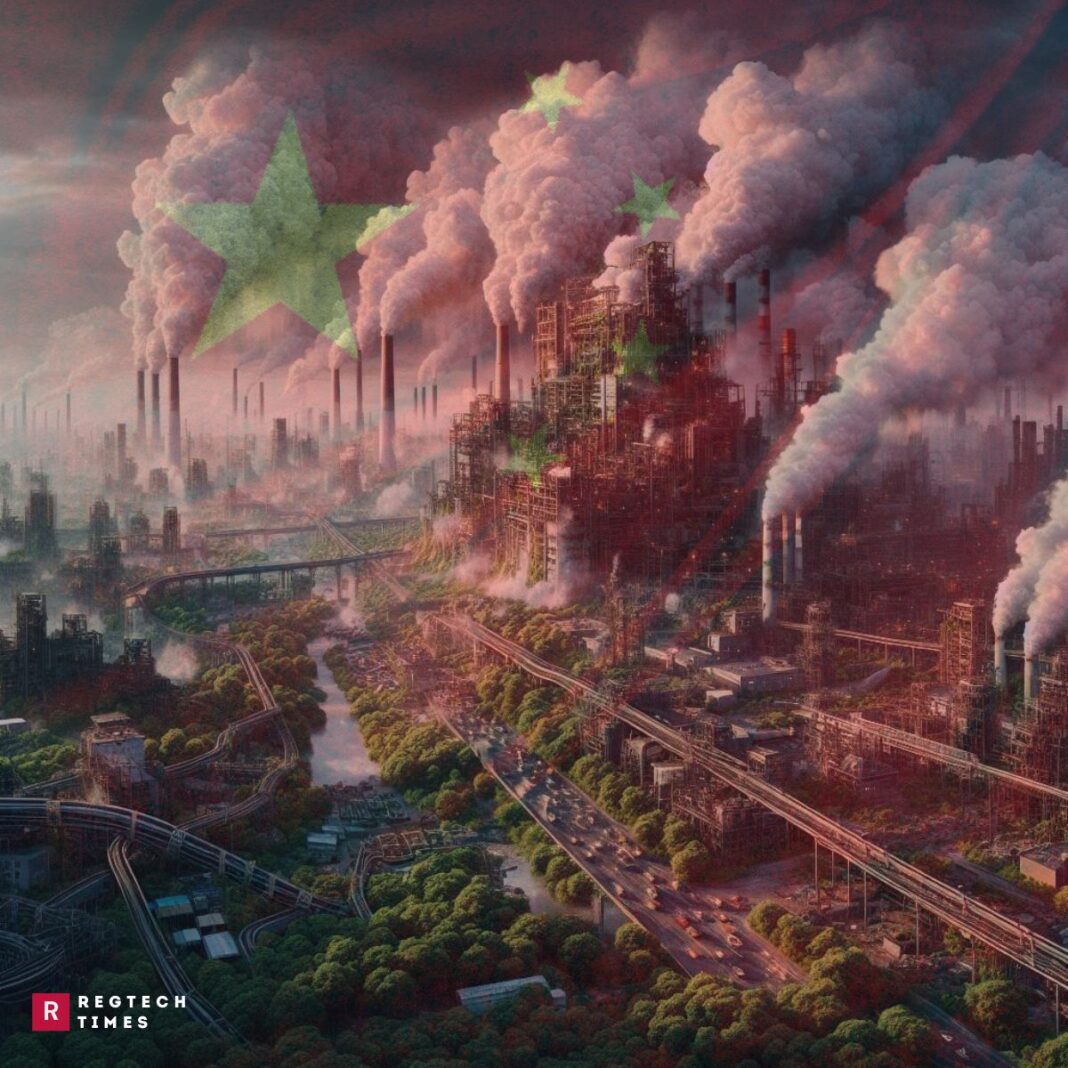China, globally recognized as an industrial juggernaut, faces intense scrutiny over its surplus manufacturing capacity. This debate resonates profoundly throughout international markets, necessitating a closer examination of its complexities. The surplus manufacturing capacity in China holds significant implications for global trade dynamics, sparking discussions and concerns among policymakers, economists, and industry stakeholders worldwide. Understanding the nuances of this issue is paramount, as its repercussions extend far beyond China’s borders, impacting economies and industries on a global scale.
U.S. Treasury Secretary Janet Yellen’s Alarm
Recently, U.S. Treasury Secretary Janet Yellen raised poignant concerns regarding China’s overproduction across multiple sectors, each bearing significant implications:
Electric Vehicles (EVs)
China’s robust electric vehicle industry has been operating at full throttle, contributing significantly to the global transition towards cleaner transportation alternatives. However, this unprecedented surge in EV production also risks saturating markets, potentially disrupting the equilibrium for other manufacturers worldwide.
Solar Panels
Dominating the solar panel production landscape, China has been instrumental in propelling the renewable energy revolution forward. Nonetheless, the surplus of solar panels inundating global markets prompts questions about long-term sustainability and equitable trade practices.
Semiconductors
Serving as the lifeblood of modern technological advancements, semiconductors hold paramount importance. China’s surplus semiconductor production exerts considerable influence on global supply chains, precipitating shortages and price fluctuations.
Other Goods
Beyond the realms of EVs, solar panels, and semiconductors, China’s excess manufacturing capacity extends across various sectors, including textiles and steel. The sheer magnitude of production disrupts the delicate balance of international trade dynamics.
Chinese State Media’s Retort
In response to Yellen’s admonitions, Chinese state media vehemently rebuked the portrayal of China as a perennial threat. They argue that such rhetoric merely serves as a pretext for the adoption of protectionist measures by the U.S. Instead of resorting to fear-mongering tactics, they advocate for a concerted focus on nurturing innovation and bolstering competitiveness within the domestic landscape.
Clean Energy Sector:
Yellen’s emphasis on China’s overcapacity within the clean energy sector elicited particular scrutiny. While acknowledging China’s laudable strides in renewable energy initiatives, critics express apprehensions that characterizing it as a threat might impede constructive dialogue and collaboration efforts.
Finding Common Ground
The discord between China’s manufacturing prowess and global apprehensions necessitates pragmatic resolutions:
Collaboration, Not Confrontation:
Rather than adopting adversarial stances and erecting trade barriers, the U.S. and China must engage in transparent and open dialogues. Addressing excess manufacturing capacity mandates collaborative endeavors, fostering mutually beneficial outcomes.
Balancing Growth and Fair Trade:
China’s commendable economic growth trajectory should be complemented by adherence to fair trade practices. Establishing a level playing field serves the interests of both nations and bolsters the resilience of the global economy.
Embracing Innovation:
Both the U.S. and China ought to prioritize innovation initiatives. Instead of viewing China’s manufacturing capacity as a threat, the U.S. can leverage it as an impetus to fortify its technological edge, thereby fostering healthy competition and progress.
Navigating the labyrinthine terrain of China’s excess manufacturing capacity demands a multifaceted approach underscored by constructive engagement, transparency, and an unwavering commitment to fair trade principles. As stakeholders traverse these choppy waters, collaborative efforts will undoubtedly pave the way for sustainable solutions and enduring prosperity on a global scale.



